Mirror neurons play a role in empathy and social cognition from "summary" of Phantoms in the Brain by V. S. Ramachandran
Mirror neurons, first discovered in monkeys, are a fascinating aspect of neuroscience that have shed light on the mechanisms underlying empathy and social cognition. These neurons fire both when an individual performs a specific action and when they observe someone else performing the same action. This mirroring of actions suggests a neural basis for understanding and imitating the actions of others. Through the activation of mirror neurons, individuals are able to simulate the experiences of others within their own minds. This simulation allows for a deeper level of understanding and empathy towards others, as it provides a direct link between one's own experiences and the experiences of those around them. This ability to mirror the actions and emotions of others is crucial for successful social interaction and communication. Mirror neurons are thought to p...Similar Posts
Gestures are powerful indicators of thoughts and feelings
In our everyday interactions with others, we often rely on words to communicate our thoughts and feelings. However, words can s...
Eye contact is an important indicator of interest or honesty
Eye contact is a powerful form of nonverbal communication that can reveal a person's level of interest or honesty. When someone...

Cultural differences
Cultural differences play a significant role in how individuals express themselves through body language. It is essential to un...

Use the other person's name in conversation
In conversations, it can be helpful to remember to use the other person's name to make them feel acknowledged and valued. This ...

Know when to exit a conversation gracefully
Knowing when to exit a conversation gracefully is a crucial skill in social interactions. Sometimes, conversations can become d...
Mirroring gestures can build a connection
Mirroring gestures can build a connection in a way that nothing else can. It's a simple yet powerful technique that can make a ...
Nonverbal cues can help decipher hidden agendas or deceit
Our nonverbal behavior is like a window into our inner thoughts and feelings. It can provide valuable clues about what we are t...
Remember people's names
Remembering people's names is a crucial aspect of making connections with them. It is a simple yet powerful way to show that yo...
Treat every conversation as an opportunity to learn and grow
Every time you engage in a conversation with someone, whether it's a casual chat with a friend or a business meeting with a col...

Vocal tone and pitch can also influence how a message is received
The way we speak can be just as important as the words we use when trying to convey a message. The tone and pitch of our voices...

